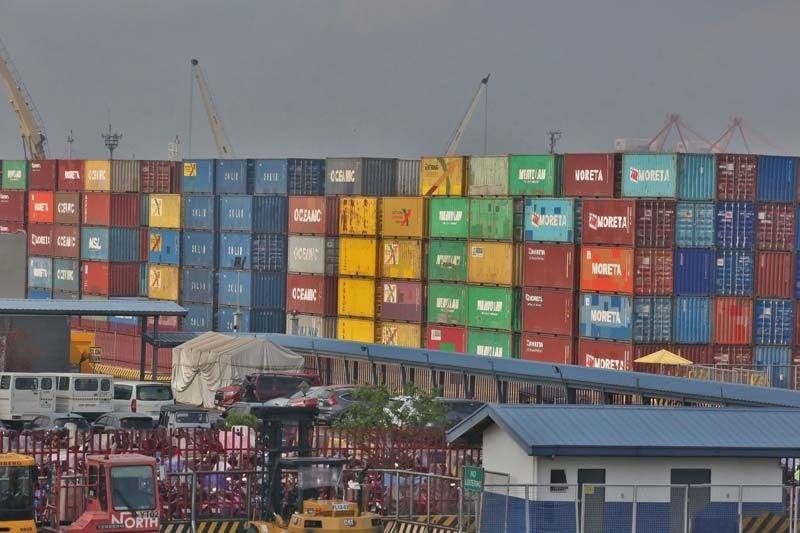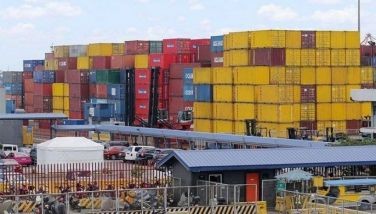Trade gap expected to widen further

MANILA, Philippines — The Philippines’ trade deficit is expected to widen further this year amid weaker exports and stronger imports, according to Dutch financial giant ING.
ING senior economist Nicholas Mapa said a bigger-than-expected drop in exports and surprise rise in capital imports have resulted in a deeper trade deficit for November last year.
Latest data from the Philippine Statistics Authority (PSA) showed the country’s trade deficit widened to $4.69 billion in November from $4.39 billion in October.
“This development suggests that the current account is likewise in shortfall and points to sustained pressure on the Philippine peso in the coming months,” Mapa said.
According to Mapa, the sustained widening of the trade gap suggests that net exports for the fourth quarter could slip back into negative territory and weigh on overall gross domestic product after contributing 1.6 percentage points to GDP growth in the third quarter.
“This trend should persist going into 2024, with exports expected to struggle amid still weak global demand for basic electronics components while imports could continue to grow,” he added.
Mapa said exports fell more than expected at 13.7 percent in November, with the important electronics sub-sector dropping by 24.7 percent on soft global demand for basic semiconductor components.
Likewise, he said exports of other major products were also down with other manufactured goods at 1.8 percent and other mineral products at 6.2 percent.
On the other hand, he said imports of capital goods, which have been in negative territory for seven months, posted a marginal gain of 0.1 percent, driven by a batch of aircraft orders and heavy transport equipment.
Likewise, imports of consumer goods remained robust, up by 15.4 percent due to strong imports of passenger cars and basic food items like fish and rice.
“The import trends reflect recent developments, with the national government importing important food items such as rice and fish to help combat inflation. Meanwhile, the delivery of aircraft moves in line with ongoing refleeting operations by airlines to approach pre-COVID flight capacity,” Mapa said.
From January to November 2023, the country’s trade shortfall narrowed by 8.8 percent to $48.98 billion compared to the previous year’s $53.72 billion.
Exports contracted by 8.4 percent to $67.03 billion from $73.18 billion, while imports declined at a faster rate of 8.6 percent to $116.01 billion from $126.9 billion.
Likewise, personal remittances grew by 2.9 percent to $33.58 billion from January to November last year, of which cash remittances coursed through banks inched up by 2.8 percent to $30.21 billion.
- Latest
- Trending



























